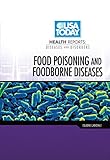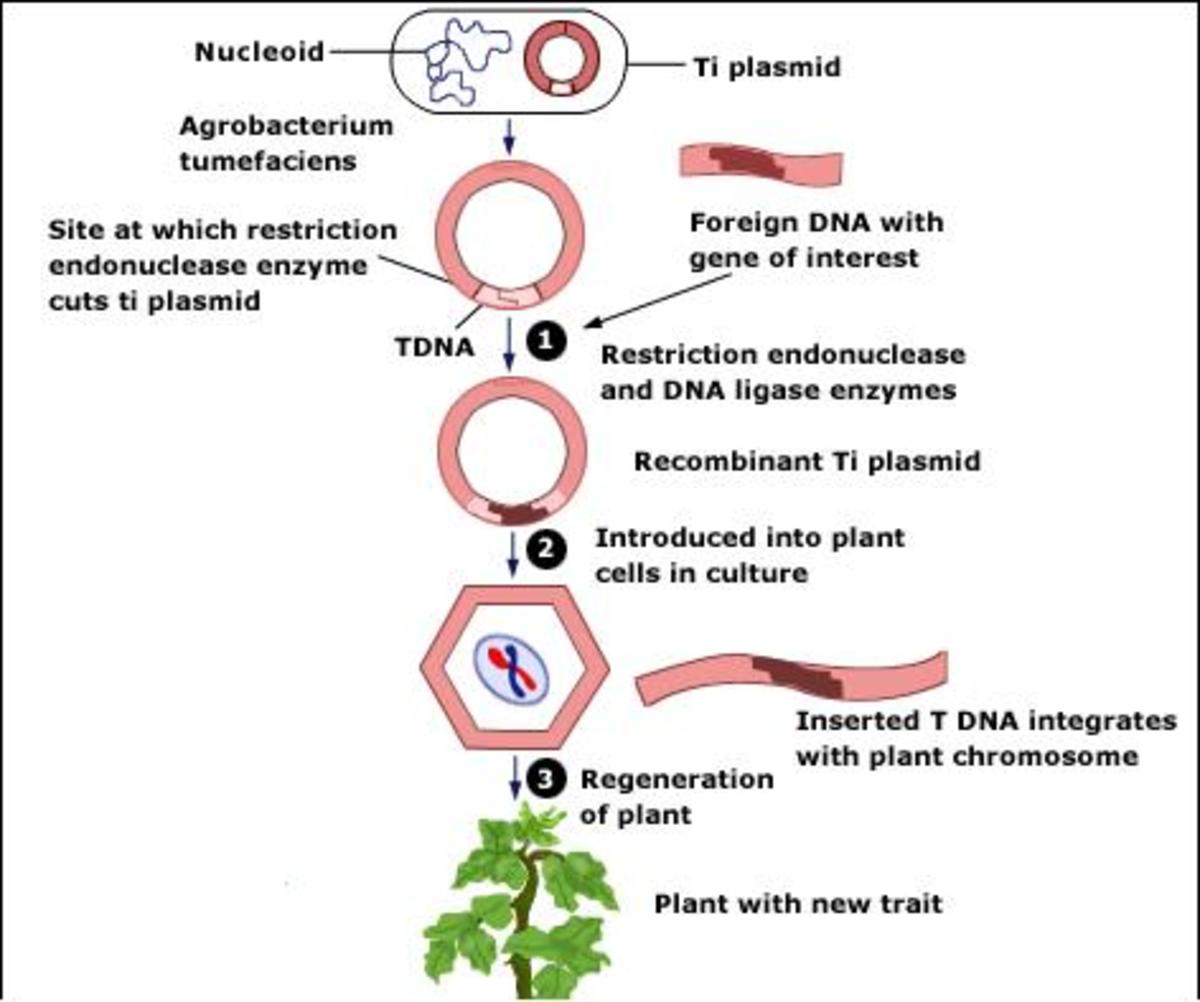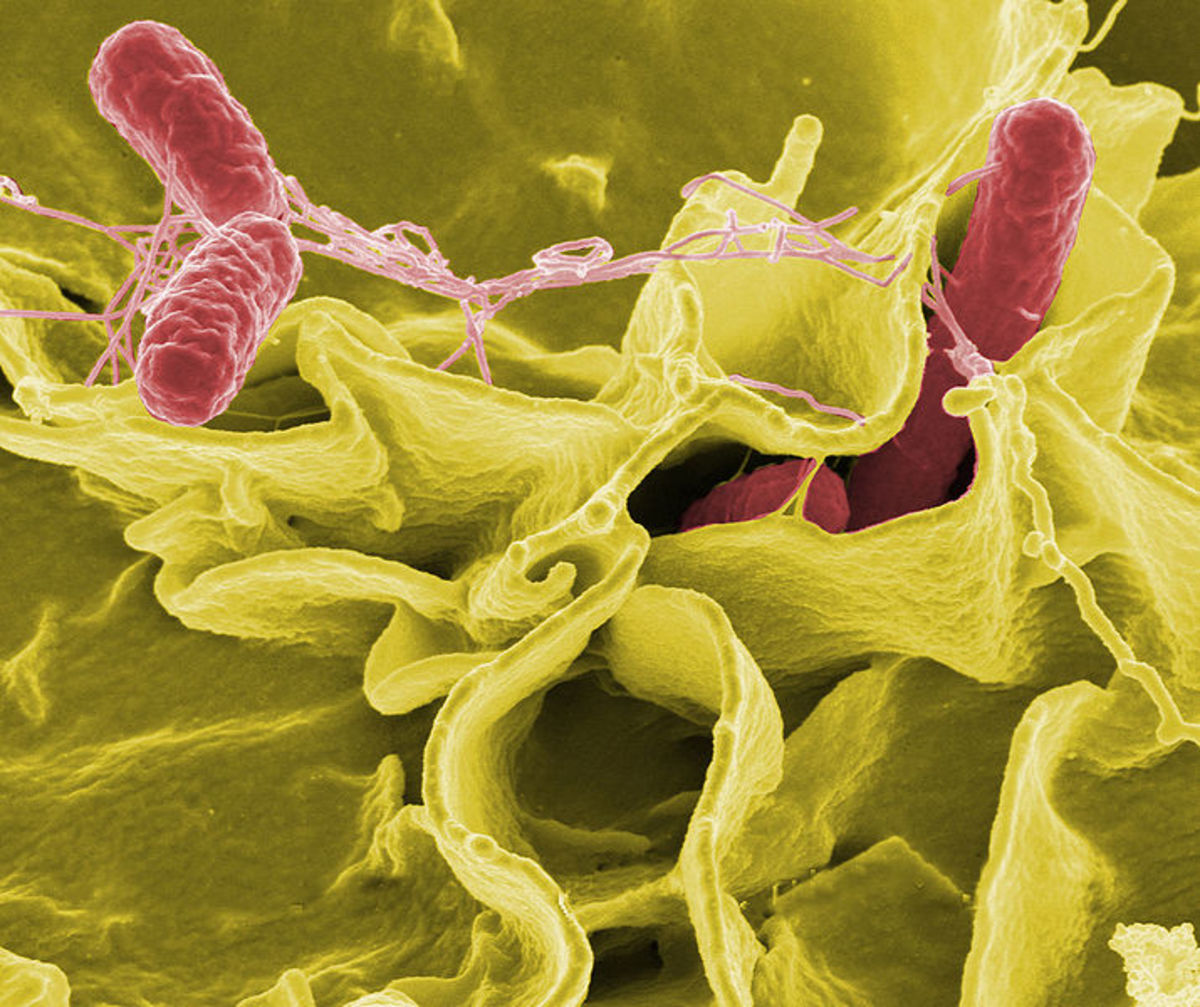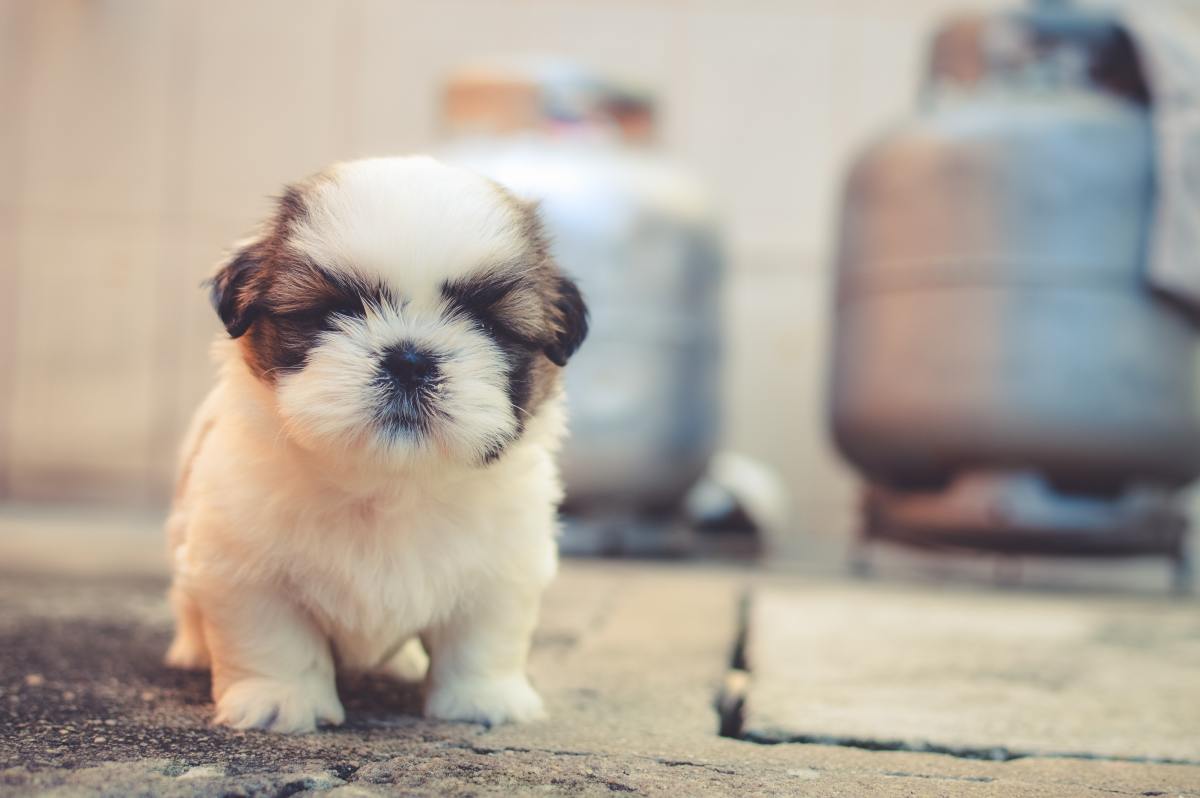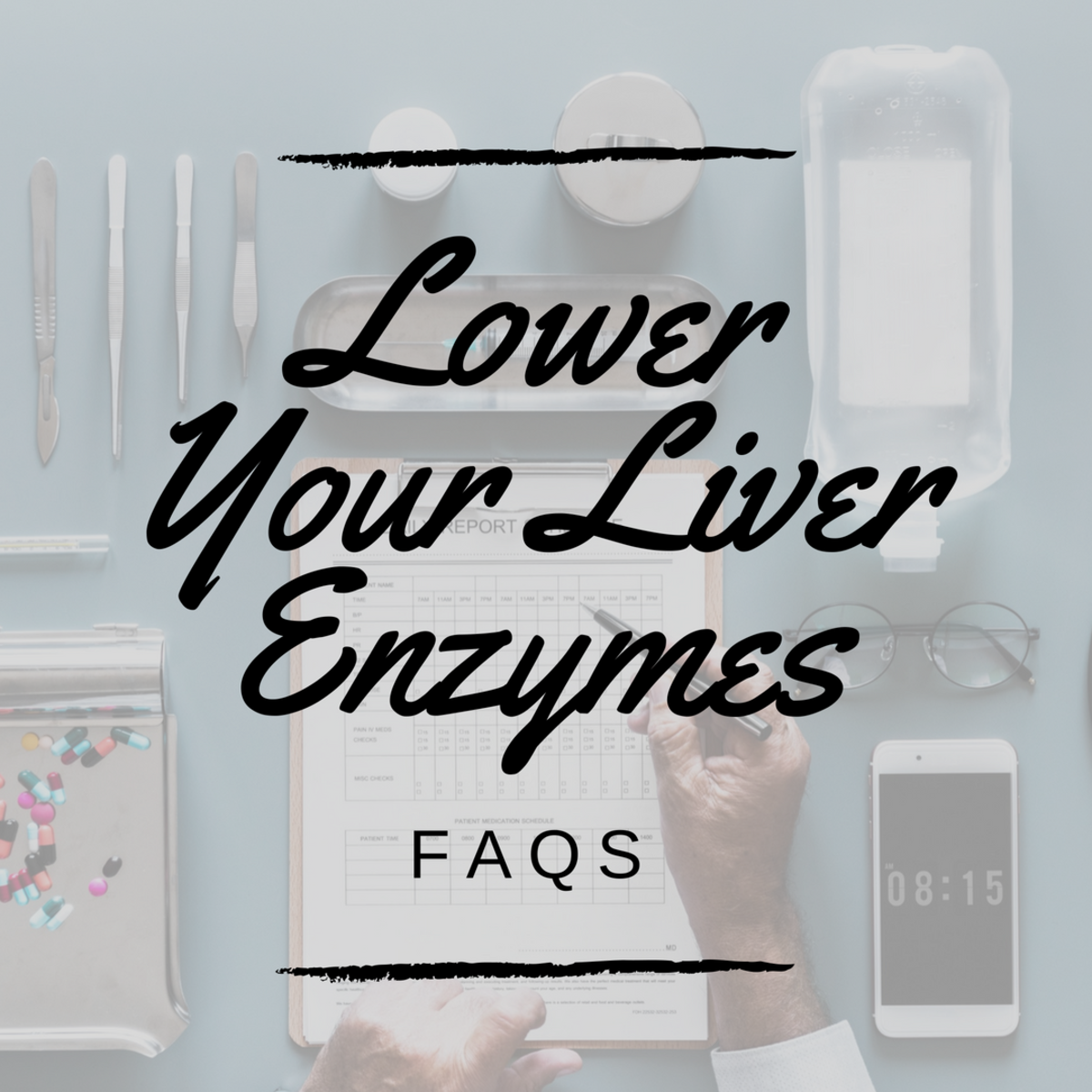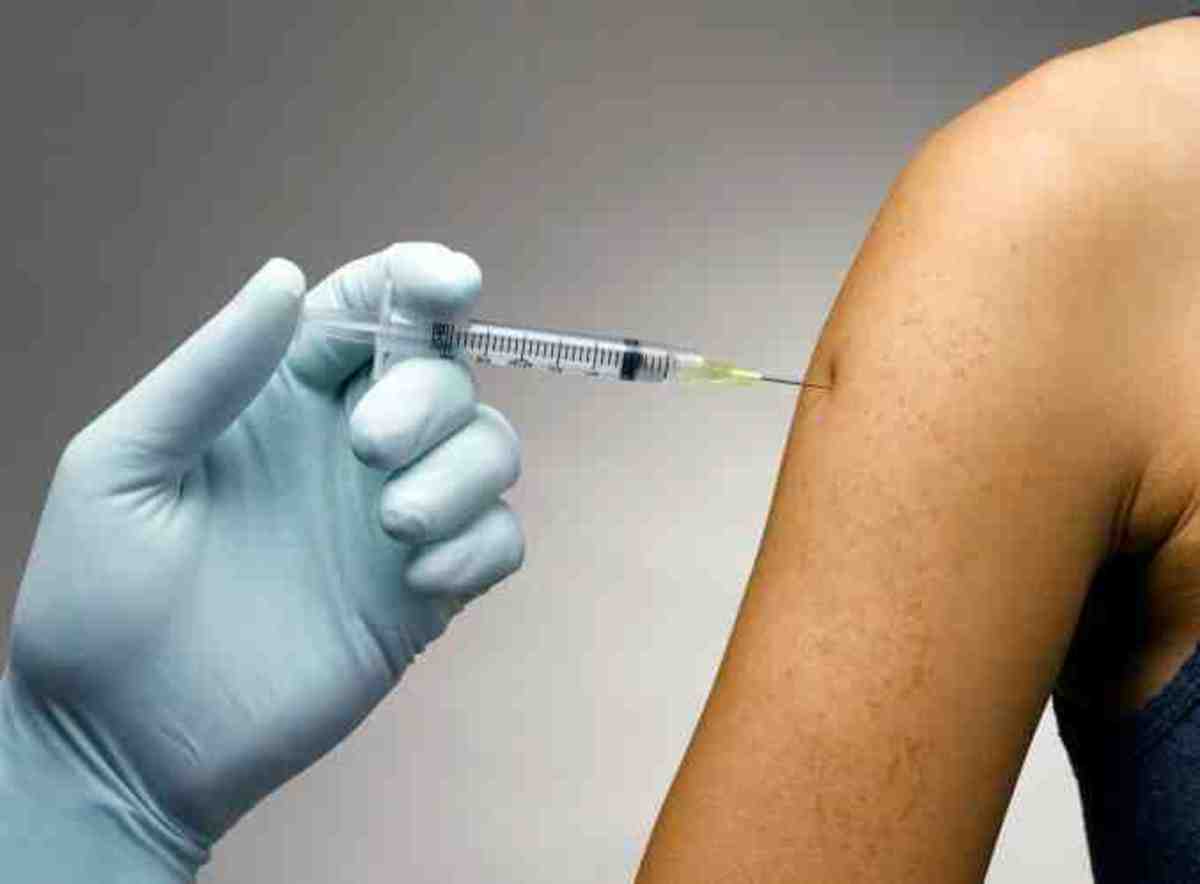Food Hygiene and Poisoning in Industries and Homes
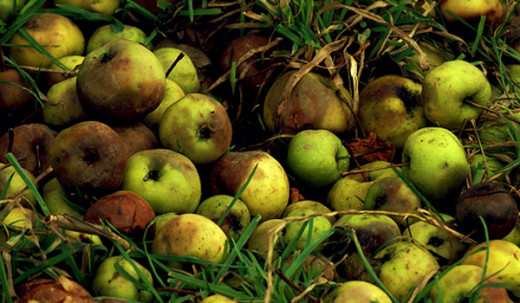
Introduction
Food is any nutritional substance that humans and animals eat or drink or that pants absorb in order to maintain life and growth. Food is any material that living things utilize to be able to carryout their daily functions effectively. The importance of food cannot in any way be overemphasized. What on earth that breaths do not need food for its survival? As a reader of this piece of write-up, have you seen anything that breath that has survived without food? If yes, maybe not in the current world because the author of this piece has not seen such occurrence.
Maintaining proper hygiene in food industries is very important precaution. Any food producing and preserving industry that does not maintain hygiene in the course of their processing does not worth to be called food industry. Also for drink industries, neglecting important hygiene during production is capable of wiping out an entire community because of food poisoning. Be it food or drink manufacturing industries, safety precautions in terms of hygiene should not in any way be joked with. Joking with hygiene of these industries is like joking with the lives of the people that live in the community.
Large majority of people see food only as a source of help to many without considering the fact that food could be a source of death or harm to man. Many have died through food which is meant to give life. According to Davidson, Passmore Brock and Truswell (1975), food may be source of harm as well as of benefit to the body. Bunyan (1991) said that food for us is also food for many other micro-organisms, and that destructive micro-organisms will grow whenever there is food and water at a reasonable temperature (Akuezuilo 2001). They are too micro that mere human eyes cannot see them and when man consumes such foods, it becomes harmful to their health.
The term “food industry” according to Bunyan (1991) covers a wide range of activities from freezing or canning food to cooking and serving whole meals. He explained that many of the processes which the industry uses are the same ones we use in our homes, the major difference being that the industry prepares the food on a much larger scale.
There are many causes of food poisoning in food and drink industries. In the other angle, there are measures that can be applied to prevent food poisoning. Also, there are diseases spread by food which need to be paid attention to. All these are to be discussed in the subsequent subheadings of this essay.
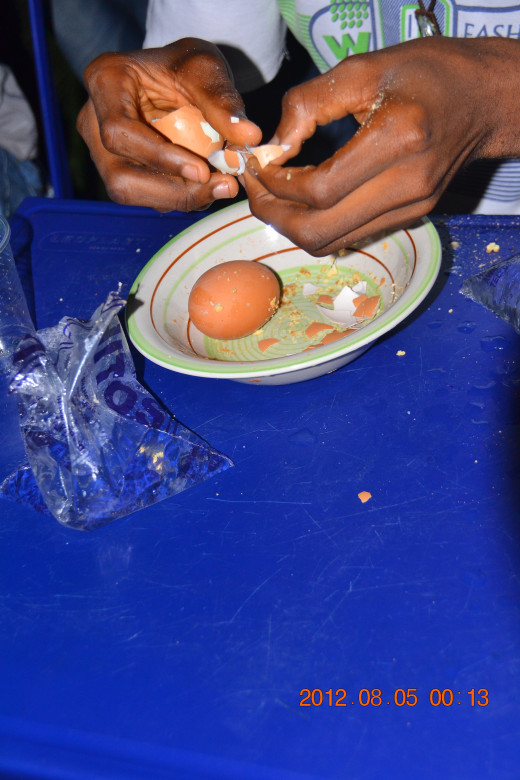
Diseases Spread by Food
There are many varieties of diseases spread by micro-organisms. These diseases are so dangerous that they can lead to the death of humans and other animals if proper care is not taken before the development of the organisms that cause the diseases.
Know more about foodborne Diseases
Diseases Spread by Food
Disease
| Infecting Organism
| Mode of Spread
|
|---|---|---|
Salmonellae food Poisoning
| S. typhi and other species
| From rats, mice, cattle, and other animals
|
Staphylococcal poisoning
| Staph. Aureus
| From human carrier
|
Clostridial poisoning
| Cl. Welchii
| From dust, faeces, and flies
|
Botulism
| Cl. Botulinum
| From dust, soil, e.t.c
|
Tapeworms
| T. Saginata and T. Solium
| From beef
|
Sources: Davidson, Passmore, Brock and Truswell (1975)
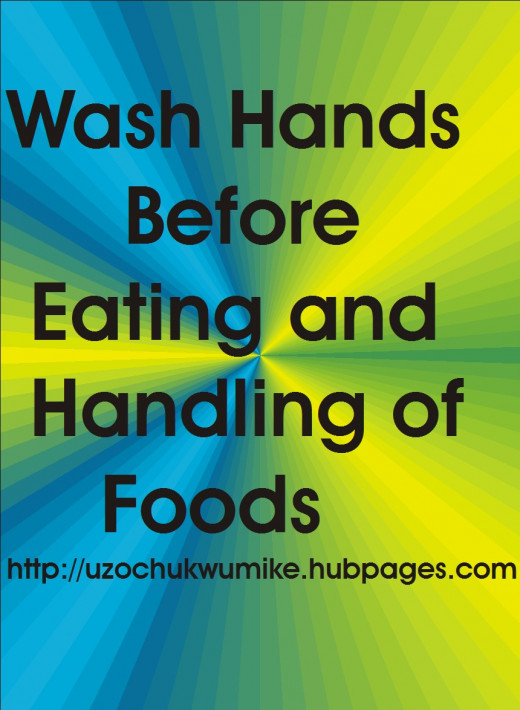
Causes of Food Poisoning
There are many causes of food poisoning, and the major ones are to be discussed. The sources of food poisoning are to be viewed in terms of food poisoning agents and sources through which the foods are poisoned. Hence, the causes of food poisoning are:
- Chemicals
- Humans
- Food toxins
- Bacteria
Chemicals as a cause of food Poisoning
There are chemicals which poison the food being consumed by humans, plants, and other lower animals. These chemicals tend to react with human body system and result to disorderliness in the body. In some occasions, food manufacturing industries do not know when these chemicals penetrate into the foods that are to be consumed by man.
Some of the chemicals that are harmful to foods include arsenic, lead, and zinc. Lead can get in contact with fruits and other foods when the pipes through which water that was used to wash the fruits or other edible materials was soured from lead pipes. Arsenic which when used on fruits for growth can be dangerous to human health. Zinc is used for galvanizing of metal sheets. During rusting process, zinc diffuses into rainwater which can poison the food that the water is used to prepare.
Human as a Cause of Food Poisoning
It is possible to say in this context that man can kill his or her own self through food poisoning. Human faeces and urine can cause food poisoning. When a person goes to toilet and forgot to wash his hands before taking any food, there is every possibility that he will poison the food he tends to eat. The reason is because there are micro-organism which can easily get in contact with human hands and the entire body during defecation and this can be transferred to the food eaten be man. Medical and health scientists usually advice that people should wash their hands after toilet because of the harms germs can cause.
In food production and preserving industries, one of the precautions that are to be taking during work is covering of heads during the food preparations. The truth remain that some “quack” chefs do not observe this kind of rule. Negligence to rule of this kind will allow lice that grow in the human hair to fall into foods that are undergoing preparations. West et al (1997) said that the causes of human food poisoning are workers’ noses and hands, and added other sources, which include workers’ hairs, intestinal tract, boils, infected sores and cuts, and dairy products.
Food Poisoning by toxins
There are many harmful toxins that are secreted by foods from animals. When proper attention is not paid to identify these toxins on time and remove them out of the animals to be eaten, they are capable of causing harm to the entire human system.
Aquatic animals contain some toxins which keep those who consume them at risk of being poisoned. Seafood poisoning from marine toxins is an under recognized hazard for travelers, particularly in the tropics and subtropics (CDC 2014). Food poisoning by toxins is more of a treat to human lives. Ciguatera fish poisoning occurs after eating reef fish contaminated with toxins such as ciguatoxin or maitotoxin. According to Center for Disease Control, CDC, statistics has shown that large number of people that travel through the sea have fallen victim of ciguatoxin. More than 50,000 cases of ciguatera poisoning occur globally every year.
Bacteria: An Agent of Food Poisoning
A number of bacteria species has been found to be one of the major causes of food poisoning. They are too micro that mere human eyes cannot see them all. Bacteria are by far the most common causes of food poisoning (Kinton et al 1975). The greatest number of common food borne diseases is caused by bacteria infections.
When a good food is left open for some time, bacteria can quietly start bleeding on the food and the one who is to consume the food will not see them because of their very small nature. Also, when foods are left for some hours without warming or steaming, there is every possibility that bacteria will find such foods as “their house”.
Symptoms of Food Poisonings and Infections
Symptoms of Food Poisonings and Infections
There are certain signs that show that one has been poisoned by food borne disease. These signs are many and not all are mentioned. Hence, the major symptoms of food poisoning are:
- Nausea;
- Vomiting;
- Abdominal cramps;
- Diarrhoea;
- Fatigue;
- Dizziness; and
- Gastroenteritis
Hygienic Measures to Prevent Food Poisoning and Avoid Spread of Infection
How can food poisoning be avoided?
There is a saying that cleanliness is next to Godliness. In this topic under discussion, it becomes cleanliness (hygiene) is next to healthiness. The hygiene measures to prevent food poisoning and spread of infections are:
- Careful Keeping and washing of cooking utensils;
- Personal hygiene by food handlers
- Keeping cooking surroundings clean
- Food washing
- Minding the source of food
Get more on how to prevent food poisoning
Careful Keeping and Washing of cooking utensils
Having secured positions where cooking utensils are kept will help prevent food poisoning both at home and in food industries. Keeping the utensils in such places will prevent them from being in contact with any chemical that can contaminate the food that will be cooked with them. Also, washing already used utensils will prevent micro-organisms from growing.
Personal hygiene by food handlers
When food handlers maintain personal hygiene during food serving and preparations, the possibility of the food to get infected will be low. This include proper hand washing with soap, covering of heads, proper having of bathe before cooking, just to mention but a few. Any who is a carrier of any disease is advised not to handle foods to avoid poisoning.
Keeping cooking surroundings clean
Cooking environment is to be kept clean to prevent rodents and other insects that are harmful to man from poisoning foods. An untidy environment can attract house flies, bacteria, and their likes and to avoid their “visits” cooking environments are to be put in place by tidying them up.
Food washing
Proper washing of foods before eating is a welcomed idea in preventing food poisoning in food production industries. When foods are to be cooked, the foods should be first of all washed. If they are fruits which can be eaten raw, they are to be washed to prevent getting bacteria and other harmful organisms into the human system.
Minding the source of food
It is not every food that is meant to be eaten. Being careful of where any food is sourced out from before consumption is a powerful arsenal in solving the problem of food poisoning. Some foods which fall on dirty grounds are to be converted into manure or waste. Man must not eat everything he sees. Knowing the source of water used before using it to cook will help in maintaining good hygiene standard.
Conclusion
Nobody will like to cook food and eat poison after preparing the meal, yet people do that without knowing because of poor food hygiene. Any who wants to last in life should maintain good food hygiene and void food poisoning. This essay discussed food poisoning and possible measures to prevent exposing of foods into poison. It also covered symptoms of food position and some food poisoning organisms and their sources.


